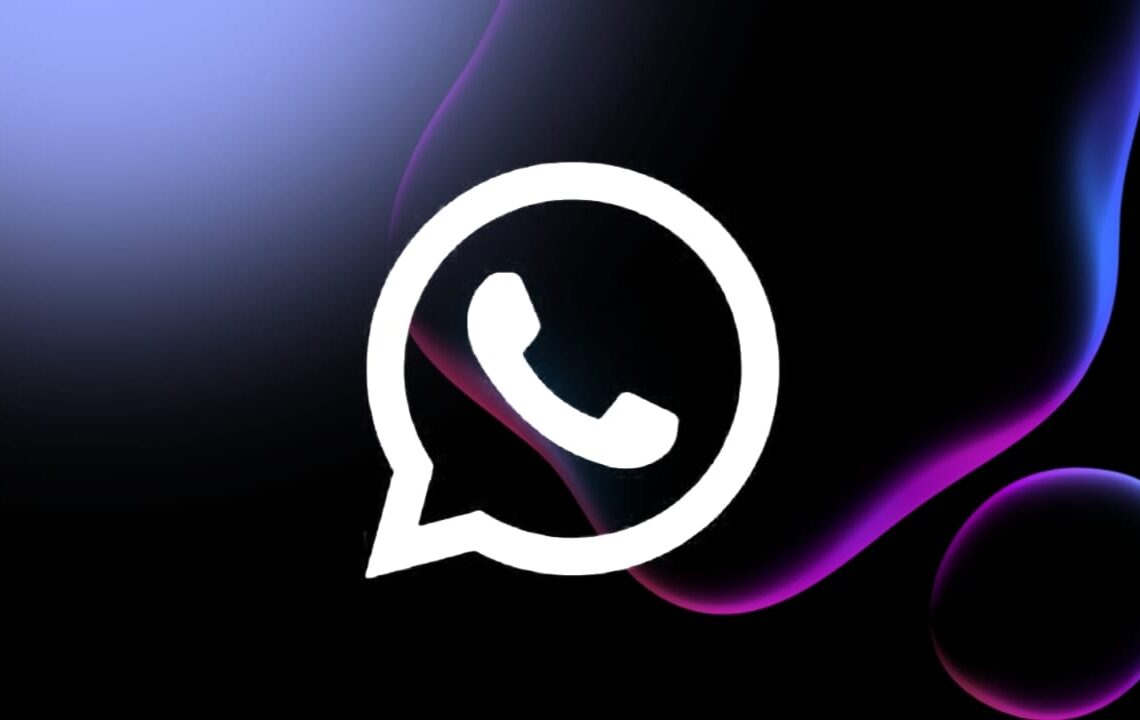
In the ever-evolving landscape of digital marketing, WhatsApp has emerged as a powerful platform for engaging with audiences on a personal level. Leveraging this popular messaging app for advertisements requires a strategic approach that respects user privacy and promotes meaningful interactions. Let’s explore key tips for effectively using WhatsApp in your advertising strategy in 2023.
1. Understand WhatsApp’s Policy and User Preferences
Respect Privacy: WhatsApp prioritizes user privacy. Before incorporating advertisements, familiarize yourself with WhatsApp’s privacy policy and ensure your marketing practices align with these guidelines. Users value privacy, and transparent, permission-based communication is key.
Opt-In Approach: Unlike other social platforms, WhatsApp requires users to opt in before receiving promotional messages. Encourage users to subscribe to your updates through clear calls-to-action across your marketing channels.
2. Craft Engaging and Valuable Content
Short and Sweet: WhatsApp messages should be concise and to the point. Craft content that quickly captures attention and delivers value. Long-winded messages may be overlooked in a platform known for its quick exchanges.
Rich Media: Incorporate multimedia elements like images, videos, and GIFs to make your messages visually appealing. WhatsApp supports various media formats, enhancing your ability to create engaging content.
3. Leverage WhatsApp Business Features
WhatsApp Business Account: If you haven’t already, set up a WhatsApp Business account. This specialized account type offers additional features like business profiles, automated replies, and labels to organize conversations. It adds a professional touch to your interactions.
Catalog Integration: For businesses with products or services, utilize WhatsApp’s catalog feature. Showcase your offerings with images, descriptions, and prices directly within the app, making it convenient for users to explore and inquire.
4. Enable Two-Way Communication
Customer Support: Use WhatsApp as a customer support channel. Promptly respond to queries, address concerns, and provide assistance. The two-way nature of the platform fosters real-time communication, enhancing the customer experience.
Interactive Campaigns: Design interactive campaigns that encourage user participation. Whether it’s a poll, quiz, or a simple feedback request, interactive elements make your brand memorable and increase engagement.
5. Timing Matters
Respect Time Zones: Be mindful of your audience’s time zones. Schedule messages to align with peak activity periods but avoid sending notifications during inappropriate hours that might disrupt users.
Event-Driven Messaging: Capitalize on events, holidays, or special occasions relevant to your audience. Craft timely messages that resonate with the moment, creating a connection with users.
6. Monitor and Analyze Performance
Metrics and Analytics: Leverage WhatsApp Business API and other analytics tools to monitor the performance of your campaigns. Track metrics such as open rates, click-through rates, and customer responses. Analyzing data helps refine your strategy for better results.
A/B Testing: Experiment with different message formats, content styles, and call-to-action approaches through A/B testing. This iterative process allows you to identify what resonates most with your audience.
Conclusion: Building Meaningful Connections
As WhatsApp continues to be a preferred communication channel, incorporating advertisements requires a thoughtful and user-centric approach. By respecting privacy, delivering valuable content, and fostering two-way communication, marketers can build meaningful connections with their audience on this platform. As you venture into WhatsApp advertising in 2023, remember that authenticity and relevance are the keys to success. Happy messaging! 🚀📱
